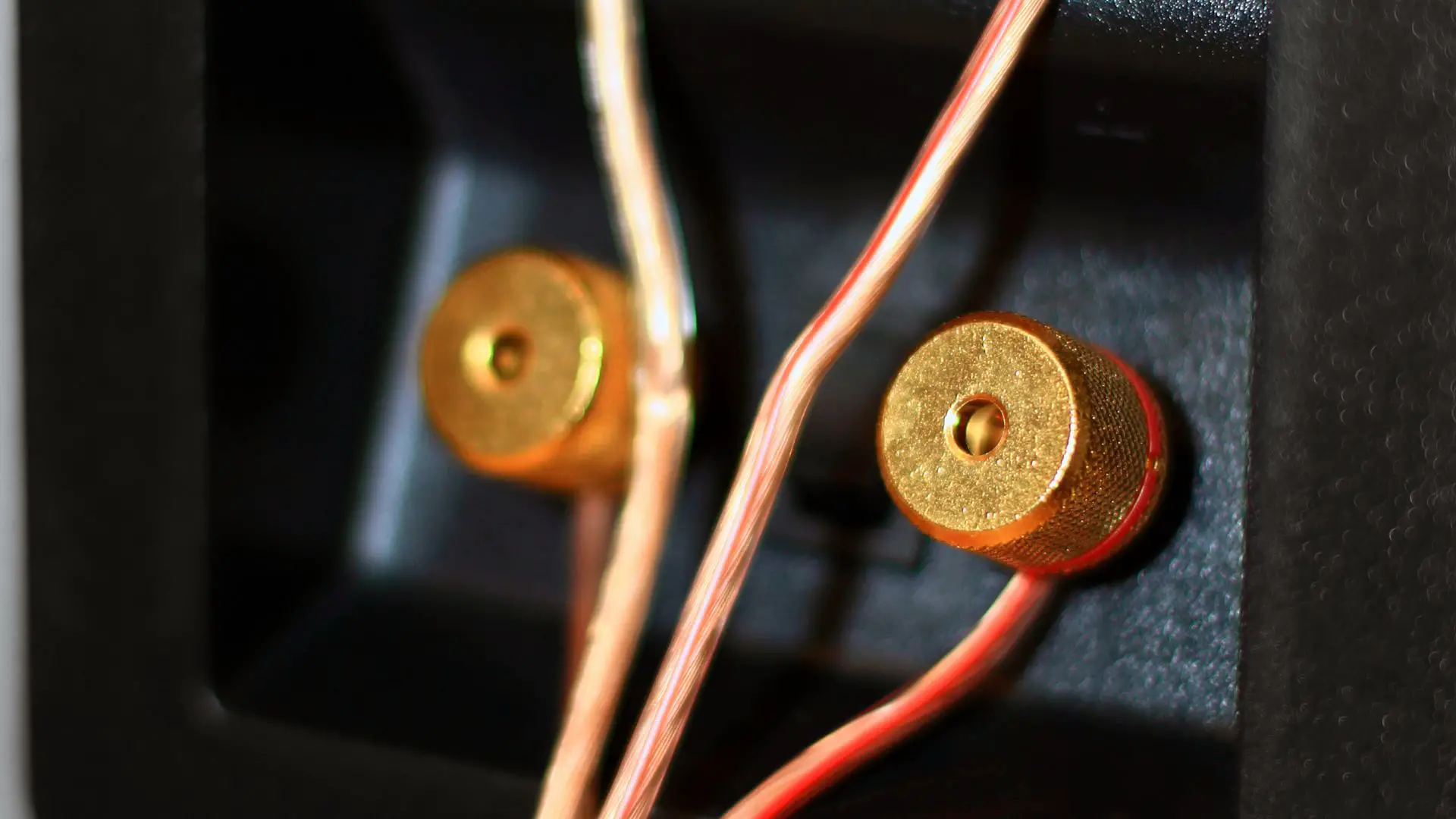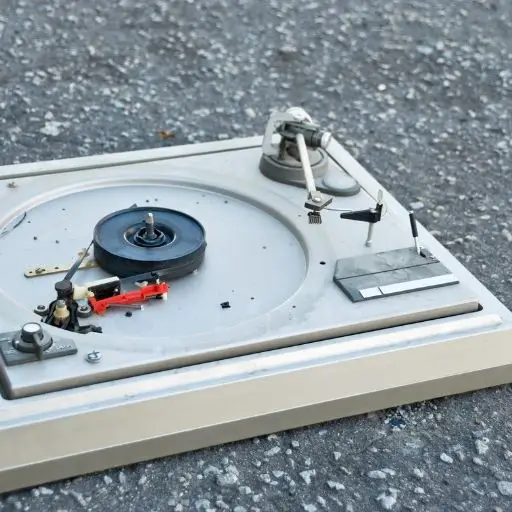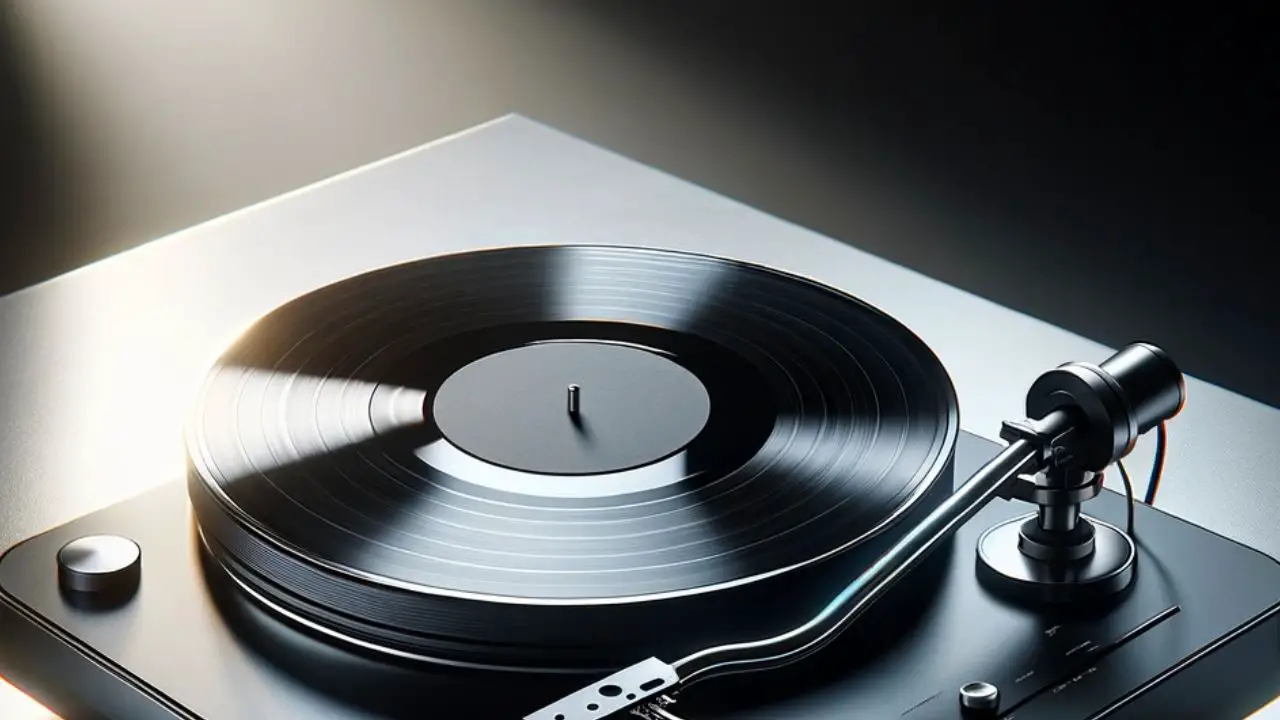If you are a vinyl enthusiast, then you know that turntable belts are a crucial component of your record player. Turntable belts are responsible for turning the platter, which in turn spins the record. Over time, turntable belts can wear out, stretch, or break, causing your turntable to malfunction. Therefore, it is important to understand turntable belt maintenance and replacement to keep your record player in top condition.
A typical turntable belt can last anywhere from 3 to 5 years or even longer, depending on how frequently you use it. However, it is still important to check your belt periodically to ensure it is in good condition. Signs of wear, such as cracks, tears, or brittleness, can indicate that it is time to replace your turntable belt. Additionally, if your turntable is running slow or fast, or if you hear any unusual sounds, it may be a sign that your belt needs to be replaced.
Table of Contents
The Importance of Turntable Belt Maintenance
As a turntable owner, it’s essential to understand the importance of maintaining your turntable belt. A turntable belt plays a crucial role in ensuring the proper functioning of your turntable. It is responsible for transferring power from the motor to the platter, which spins the record. Neglecting turntable belt maintenance can lead to poor sound quality, and in some cases, irreparable damage to your turntable.
Preserving Sound Quality
One of the primary reasons to maintain your turntable belt is to preserve sound quality. A worn-out or damaged belt can cause speed fluctuations, which can lead to distortion and even skipping. Over time, the elasticity of the belt can weaken, causing it to stretch and slip. This can cause the platter to spin at an inconsistent speed, leading to a distorted sound.
Regularly changing your turntable belt helps maintain a steady speed, ensuring clear and high-quality sound. It is advisable to replace the belt every two to three years, taking into account usage patterns.
Extending Lifespan of the Turntable
Another reason to maintain your turntable belt is to extend the lifespan of your turntable. A worn-out or damaged belt can cause undue stress on the motor, leading to premature failure. By replacing your turntable belt periodically, you can reduce the stress on the motor, which can help extend the lifespan of your turntable.
Regular maintenance of your turntable belt is a simple and cost-effective way to ensure that your turntable continues to function properly. By preserving sound quality and extending the lifespan of your turntable, you can enjoy your vinyl collection for years to come.
Understanding the Turntable Belt
When it comes to maintaining and replacing your turntable belt, it’s important to understand the materials and design of the belt, as well as its function and performance.
Materials and Design
Turntable belts are typically made from rubber or silicone, and come in various widths, lengths, and thicknesses. The material and design of the belt can affect its durability, flexibility, and resistance to wear and tear.
Rubber belts are the most common type of turntable belt, and are known for their flexibility and durability. Silicone belts are less common, but are known for their resistance to temperature changes and stretching.
The design of the belt can also affect its performance. Flat belts are typically used in older turntables, while round belts are used in newer turntables. Flat belts can be more difficult to install and replace, but are known for their accuracy and consistency. Round belts are easier to install and replace, but can be less accurate and consistent.
Function and Performance
The function of the turntable belt is to transfer power from the motor to the platter, which spins the record. Over time, turntable belts can stretch, wear out, and become brittle due to environmental factors such as heat, humidity, and pollutants.
A worn or damaged turntable belt can lead to poor sound quality, skipping, and other issues. It’s important to regularly inspect your turntable belt for signs of wear and tear, and to replace it as needed.
When selecting a replacement turntable belt, be sure to choose one that is compatible with your specific turntable model. Refer to your owner’s manual or search online for product replacement information.
Signs of a Worn Out Turntable Belt
If you’re experiencing issues with your turntable, it may be time to replace the belt. Here are some signs that your turntable belt may be worn out.
Inconsistent Playback Speed
One of the most obvious signs of a worn-out turntable belt is inconsistent playback speed. If you notice that your records are playing at inconsistent speeds, this is a clear indication that your belt needs to be replaced. You may also notice that the pitch of the music is changing as the record plays.
Distorted Sound
Another sign of a worn-out turntable belt is distorted sound. If you notice that the sound coming from your turntable is distorted or muffled, this may be due to a worn-out belt. The belt may be slipping or not spinning the platter at the correct speed, causing the sound to be distorted.
Other signs that your turntable belt needs to be replaced include the turntable not spinning at all, or the records skipping. If you’re experiencing any of these issues, it’s time to replace your turntable belt.
Replacing your turntable belt is a simple process that can be done at home with a few basic tools. Check out our guide on how to repair a turntable belt for step-by-step instructions.
Keep an eye out for signs of wear and tear, and replace your turntable belt as needed to keep your music sounding great.
How to Maintain a Turntable Belt
To ensure that your turntable belt lasts as long as possible, it’s important to properly maintain it. Here are some tips to help you keep your turntable belt in good condition:
Regular Cleaning
Dust and dirt can accumulate on your turntable belt, which can cause it to slip and affect the sound quality. To prevent this, it’s important to regularly clean your turntable belt. You can use a soft cloth or a brush to gently clean the belt. Avoid using any harsh chemicals or solvents, as they can damage the belt.
Proper Handling
When handling your turntable belt, it’s important to be gentle and careful. Avoid touching the belt with your fingers, as the oils from your skin can damage the belt. Instead, use a pair of tweezers or a cotton swab to handle the belt. When removing or installing the belt, be sure to follow the manufacturer’s instructions carefully.
Storage
Proper storage is also important for maintaining your turntable belt. When not in use, store your turntable in a cool, dry place. Avoid exposing the belt to direct sunlight or extreme temperatures, as this can cause it to deteriorate. Additionally, avoid storing your turntable belt near any magnets, as this can cause it to become demagnetized.
When to Replace the Turntable Belt
If you want to keep your turntable running smoothly, it’s important to know when to replace the belt. In this section, we’ll discuss the lifespan of a turntable belt and how to identify the need for replacement.
Lifespan of a Turntable Belt
The lifespan of a turntable belt can vary depending on how often you use your turntable and how well you maintain it. On average, a turntable belt can last anywhere from 3 to 5 years or even longer. However, if you use your turntable regularly, for at least a couple of hours every day, then you are more likely to need to replace your belt more often.
Identifying the Need for Replacement
There are a few signs that indicate that it’s time to replace your turntable belt. If you notice any of the following symptoms, then it’s time to replace your belt:
- The turntable is running slower than usual
- The pitch of the music is off
- The turntable is making strange noises
- The belt has become loose or stretched out
To check if your belt is the problem, you can lift the platter and inspect the belt for any signs of wear or damage. If the belt is cracked, frayed, or has any other visible damage, then it’s time to replace it.
Replacing the turntable belt is a relatively easy process that you can do yourself. You can find replacement belts online or at your local electronics store. Make sure to choose a belt that is the correct size and type for your turntable model.
Steps to Replace a Turntable Belt
Replacing a turntable belt is a relatively simple process that can help improve the sound quality of your vinyl records. Here are the steps you need to follow to replace your turntable belt:
Choosing the Right Replacement Belt
The first step in replacing your turntable belt is to choose the right replacement belt for your specific turntable model. Turntable belts come in various sizes, so it’s important to choose the right one to ensure proper performance. You can refer to your turntable’s manual or search online for the correct replacement belt.
The Replacement Process
Once you have the replacement belt, you can begin the replacement process. Here are the steps to follow:
- Turn off your turntable and unplug it from the power source.
- Remove the platter from the turntable. This may involve removing a clip or screw that holds the platter in place.
- Remove the old belt from around the motor pulley and the platter.
- Place the new belt around the motor pulley and the platter. Make sure it is properly aligned and in the correct position.
- Replace the platter and secure it in place.
- Turn on your turntable and test the new belt to ensure it is working properly.
It’s important to note that turntable belts can wear out over time, so it’s a good idea to replace them every few years to ensure optimal performance. Additionally, if you notice any signs of wear or damage on your turntable belt, such as cracks or fraying, it’s important to replace it right away to prevent further damage to your turntable and records.
Frequently Asked Questions
How do I know when it’s time to replace my turntable belt?
If you notice that the speed of your turntable is inconsistent or your records sound pitchy or distorted, it could be a sign that it’s time to replace your turntable belt. Additionally, if your turntable belt is visibly worn or cracked, it’s time to replace it.
What are some signs that my turntable belt needs maintenance?
If your turntable belt is dirty or stretched, it can cause issues with speed consistency and sound quality. You may notice that your records sound muffled or distorted, or that the speed of your turntable is inconsistent. Regular maintenance can help prevent these issues.
What factors should I consider when choosing a turntable belt?
When choosing a turntable belt, you should consider the size and type of your turntable, as well as the material and quality of the belt. It’s important to choose a belt that is the correct size for your turntable to ensure proper speed consistency.
How long can I expect my turntable belt to last?
The lifespan of a turntable belt can vary depending on usage and maintenance, but generally, you can expect a turntable belt to last between 1-2 years with regular use and maintenance.
What are some common issues with turntable belts and how can I prevent them?
Some common issues with turntable belts include stretching, cracking, and dirt buildup. To prevent these issues, it’s important to regularly clean your turntable belt and keep it properly tensioned. Avoid exposing your turntable belt to extreme temperatures or humidity, as this can cause damage.
Can I replace my turntable belt myself or should I seek professional assistance?
Replacing a turntable belt is a relatively simple process that can be done at home with the right tools and instructions. However, if you are unsure or uncomfortable with the process, it’s always a good idea to seek professional assistance to ensure proper installation and avoid damaging your turntable.




